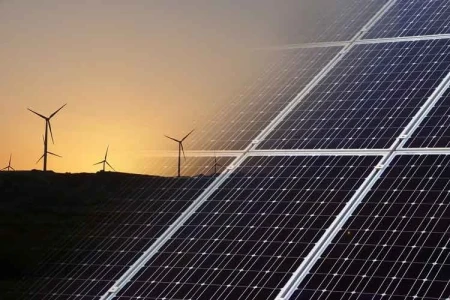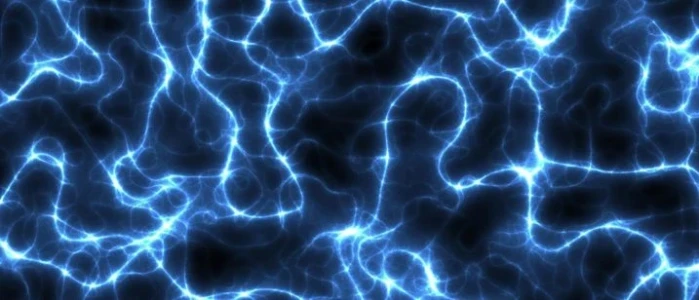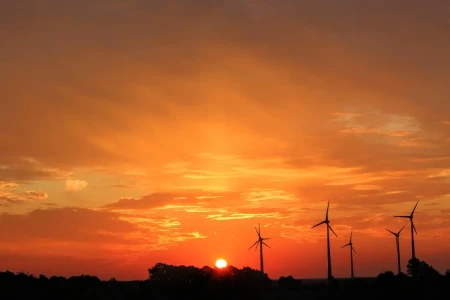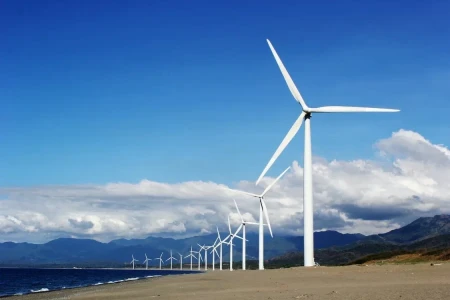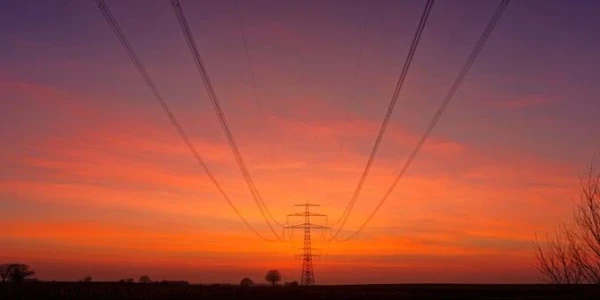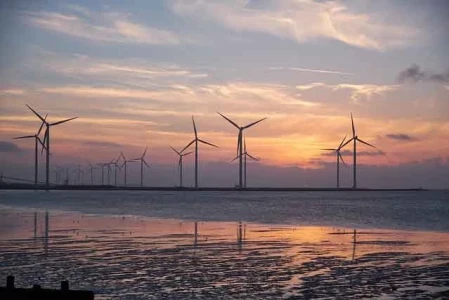Climate Change and California’s Wildfires

California has long been synonymous with its stunning landscapes, from its rugged coastlines to its sprawling forests. However, in recent years, the state has increasingly become known for its devastating wildfires, a problem that has only worsened due to climate change. These fires have ravaged vast swaths of land, destroyed homes, and tragically taken lives. But the roots of this crisis run deep, with weather patterns, human activity, and climate change playing key roles in intensifying California's wildfire season.
The Increasing Frequency of Wildfires
Historically, wildfires have been a natural part of California’s ecosystem, playing a role in maintaining the health of certain habitats. Yet, the frequency and intensity of these fires have drastically increased in the last few decades. A growing body of research confirms that climate change is a significant driver of this alarming trend. As global temperatures rise, the state experiences prolonged droughts, extreme heat, and shifting precipitation patterns — all of which contribute to the perfect conditions for wildfires.
The combination of dry vegetation, increased temperatures, and frequent lightning strikes has led to wildfires that are more intense and harder to control. In some cases, fires have grown so large that they have become “megafires,” spreading uncontrollably across vast areas and causing widespread destruction. California's notorious wildfire seasons are no longer confined to a few months but now seem to last throughout much of the year.
The Role of Climate Change
The effects of climate change on California’s weather patterns are undeniable. The state has experienced a rise in temperatures over the past century, with the last few decades seeing some of the warmest years on record. These hotter conditions are a key factor in the increased frequency of wildfires, as they cause vegetation to dry out and become more susceptible to ignition. Additionally, the state’s water supply has been significantly affected by the changing climate, with droughts becoming more prolonged and severe.
A warming atmosphere also leads to stronger winds, which can carry embers from a small fire to new locations, rapidly expanding the fire’s reach. The warming climate means that regions that once experienced fire seasons during certain months are now facing extended periods of risk, often making it harder for firefighting efforts to contain the flames.
Impact on Communities and Ecosystems
Wildfires are not just a natural disaster — they have profound social, economic, and environmental impacts. For communities, wildfires can cause irreparable harm. Thousands of homes have been destroyed in recent years, leaving families displaced and livelihoods disrupted. In some cases, entire communities are forced to evacuate, and local economies suffer as businesses are forced to close temporarily or permanently.
Beyond the immediate destruction, the long-term effects on California's communities can be devastating. Rebuilding efforts take years, and the toll on mental health is significant, with many residents grappling with trauma, anxiety, and loss. Additionally, the economic impact extends to industries such as agriculture, tourism, and construction, all of which are dependent on the stability of the environment.
On an ecological level, the impact of wildfires on California’s diverse ecosystems is profound. The fires not only destroy forests and plant life but also disrupt the habitats of countless wildlife species. Some species, like the California condor, have struggled to recover from fire-induced habitat loss. And as the fires become more frequent, it becomes increasingly difficult for ecosystems to rebound and regenerate.
Efforts to Combat Wildfires
The government and various organizations have taken numerous steps to mitigate the effects of wildfires, but progress remains slow. One of the primary strategies is fire prevention, which includes controlled burns and the creation of firebreaks to stop the spread of wildfires. However, these efforts are often hindered by budget constraints and the challenge of balancing ecological preservation with fire risk management.
There has also been a push to invest in technology to better predict and detect wildfires. Innovations in satellite technology, AI-driven fire forecasting, and improved mapping systems have enabled more efficient wildfire detection, giving authorities the ability to act more quickly. Additionally, local and state fire departments continue to develop strategies for tackling fires more effectively, working with federal agencies to strengthen resources and manpower.
However, much of the solution lies in addressing the root cause: climate change. As the global climate crisis intensifies, mitigating its effects on California’s weather will be paramount. Reducing carbon emissions, transitioning to renewable energy sources, and implementing sustainable practices across industries are all part of the solution.
The Path Forward
There is no easy solution to California’s wildfire crisis, but by understanding the connection between climate change and wildfires, we can take steps toward mitigating the damage. Continued research into fire behavior and the impact of climate change will provide valuable insights into how to protect communities, wildlife, and the environment. It’s clear that combating climate change is an essential part of reducing wildfire risk, and action must be taken both at the local and global levels.
As California faces an increasingly uncertain future due to wildfires, addressing the larger issue of climate change is imperative. Only through collaboration, innovation, and commitment can the state hope to tackle the growing wildfire crisis and protect the communities and ecosystems that make it unique.

